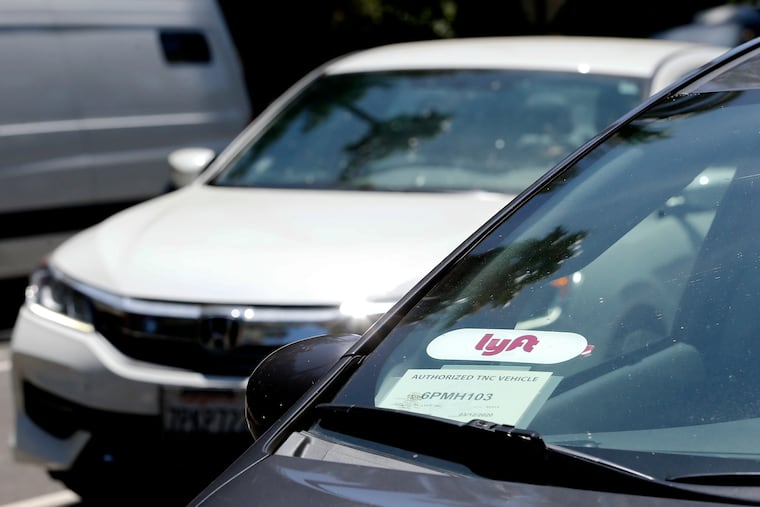As commuters weigh options, Lyft adds transit directions for Philly users
Riders will be able to compare time and cost, making the decision between a 20-minute-long trip on the Broad Street Line for $2.50 or a 15-minute-long Lyft ride for $10 tougher.
